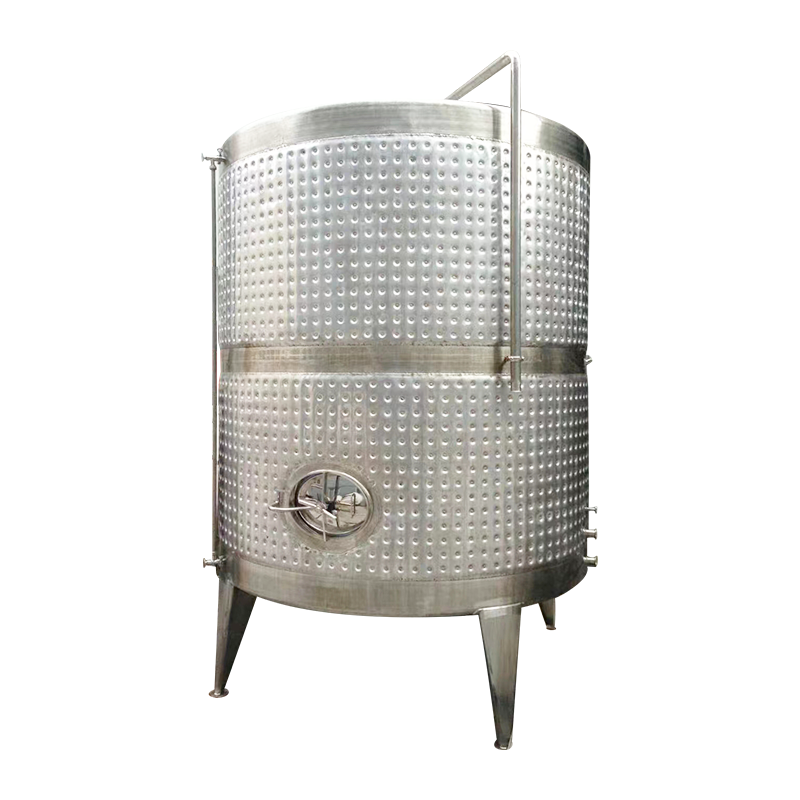The productivity of any bioprocess conducted within a fermentation tank is heavily dependent on the precise regulation of the culture's physical environment. Two of the most critical and dynamically linked parameters are temperature and gas exchange. Microorganisms are highly sensitive to thermal fluctuations; even a minor deviation can alter their metabolic pathways, reduce yield, or lead to the production of unwanted by-products. Consequently, the thermal control system of a fermentation tank is designed for responsiveness. The jacket surrounding the vessel allows for the rapid adjustment of temperature, which is essential for managing the exothermic heat generated by a dense, active culture and for executing specific temperature profiles over the course of a fermentation.
For aerobic organisms, the efficient transfer of oxygen from gas bubbles to the liquid medium is often the rate-limiting step in the process. The design of the fermentation tank directly addresses this challenge. The agitator's primary role extends beyond mixing to shearing the incoming air from the sparger into small bubbles, dramatically increasing the surface area available for oxygen dissolution. The impeller design—whether radial-flow for strong gas dispersion or axial-flow for better bulk mixing—is selected to maximize this oxygen transfer rate (OTR). The geometry of the fermentation tank itself, including the aspect ratio (height to diameter), influences how long bubbles remain in the liquid, further affecting oxygenation efficiency. In very large vessels, multiple impellers may be used to ensure oxygen is distributed evenly throughout the entire depth of the fermentation tank.
Furthermore, the exhaust gas from the fermentation tank is often analyzed for oxygen and carbon dioxide content. This off-gas analysis provides a valuable indirect view into the metabolic activity of the culture, indicating its oxygen consumption rate and respiration quotient. This data can be fed back into the control loops to adjust agitation speed, aeration rate, or nutrient feed automatically. Managing foam is another operational necessity, as protein-rich broths can easily foam and risk contaminating the exhaust filters. Mechanical foam-breakers or the automated addition of antifoam agents are standard features integrated into the management of a production-scale fermentation tank. This holistic approach to environmental control ensures that the microorganisms within the fermentation tank operate at their peak potential, turning basic nutrients into complex molecules with remarkable efficiency.
